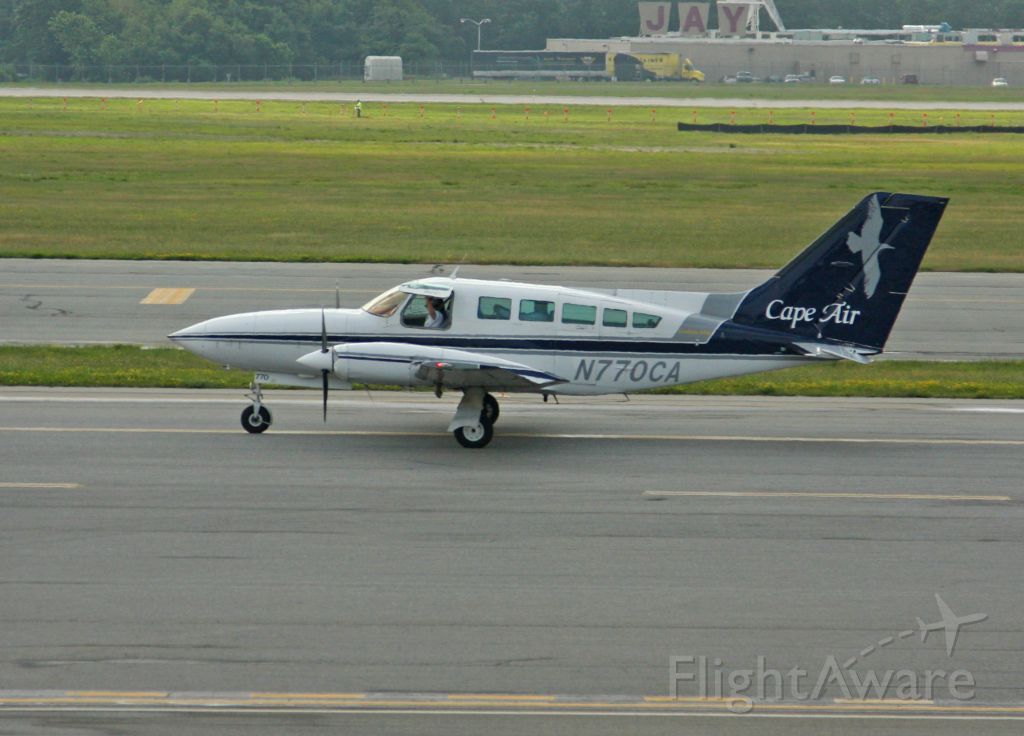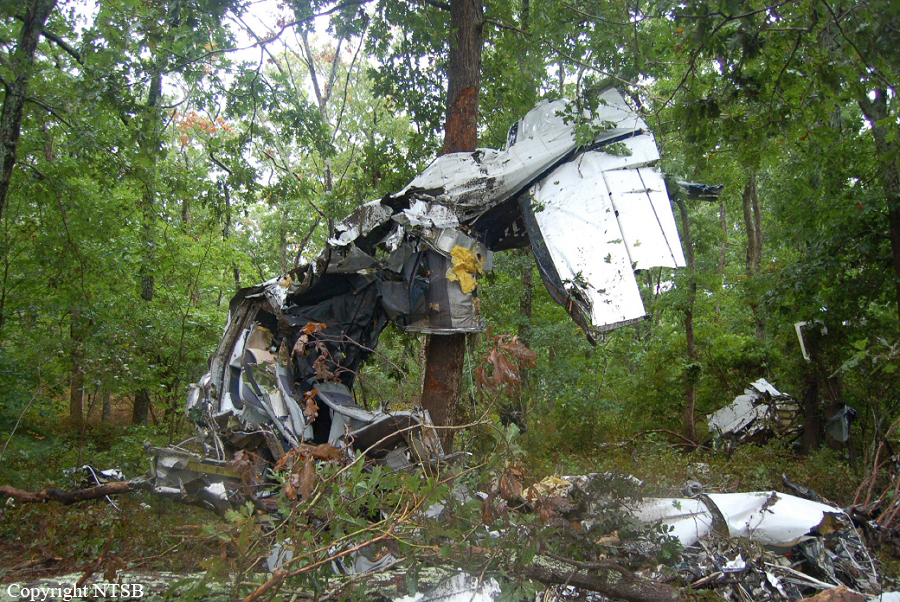Country
code
MA
Crash of a Gulfstream GIV in Bedford: 7 killed
Date & Time:
May 31, 2014 at 2140 LT
Registration:
N121JM
Survivors:
No
Schedule:
Bedford – Atlantic City
MSN:
1399
YOM:
2000
Crew on board:
3
Crew fatalities:
Pax on board:
4
Pax fatalities:
Other fatalities:
Total fatalities:
7
Captain / Total hours on type:
1400.00
Copilot / Total hours on type:
2800
Aircraft flight hours:
4945
Aircraft flight cycles:
2745
Circumstances:
The aircraft crashed after it overran the end of runway 11 during a rejected takeoff at Laurence G. Hanscom Field (BED), Bedford, Massachusetts. The airplane rolled through the paved overrun area and across a grassy area, collided with approach lights and a localizer antenna, passed through the airport’s perimeter fence, and came to a stop in a ravine. The two pilots, a flight attendant, and four passengers died. The airplane was destroyed by impact forces and a postcrash fire. The corporate flight, which was destined for Atlantic City International Airport, Atlantic City, New Jersey, was conducted under the provisions of 14 Code of Federal Regulations (CFR) Part 91. An instrument flight rules flight plan was filed. Night visual meteorological conditions prevailed at the time of the accident. During the engine start process, the flight crew neglected to disengage the airplane’s gust lock system, which locks the elevator, ailerons, and rudder while the airplane is parked to protect them against wind gust loads. Further, before initiating takeoff, the pilots neglected to perform a flight control check that would have alerted them of the locked flight controls. A review of data from the airplane’s quick access recorder revealed that the pilots had neglected to perform complete flight control checks before 98% of their previous 175 takeoffs in the airplane, indicating that this oversight was habitual and not an anomaly. A mechanical interlock between the gust lock handle and the throttle levers restricts the movement of the throttle levers when the gust lock handle is in the ON position. According to Gulfstream, the interlock mechanism was intended to limit throttle lever movement to a throttle lever angle (TLA) of no greater than 6° during operation with the gust lock on. However, postaccident testing on nine in-service G-IV airplanes found that, with the gust lock handle in the ON position, the forward throttle lever movement that could be achieved on the G-IV was 3 to 4 times greater than the intended TLA of 6°. During takeoff, the pilot-in-command (PIC) manually advanced the throttle levers, but the engine pressure ratio (EPR) did not reach the expected level due to the throttles contacting the gust lock/throttle lever interlock. The PIC did not immediately reject the takeoff; instead, he engaged the autothrottle, and the throttle levers moved slightly forward, which allowed the engines to attain an EPR value that approached (but never reached) the target setting. As the takeoff roll continued, the second-in-command made the standard takeoff speed callouts as the airplane successively reached 80 knots, the takeoff safety speed, and the rotation speed. When the PIC attempted to rotate the airplane, he discovered that he could not move the control yoke and began calling out “(steer) lock is on.” At this point, the PIC clearly understood that the controls were locked but still did not immediately initiate a rejected takeoff. If the flight crew had initiated a rejected takeoff at the time of the PIC’s first “lock is on” comment or at any time up until about 11 seconds after this comment, the airplane could have been stopped on the paved surface. However, the flight crew delayed applying brakes for about 10 seconds and further delayed reducing power by 4 seconds; therefore, the rejected takeoff was not initiated until the accident was unavoidable. Among the victims was Lewis Katz, co-owner of the 'Philadelphia Inquirer'.
Probable cause:
The NTSB determines that the probable cause of this accident was the flight crewmembers’ failure to perform the flight control check before takeoff, their attempt to take off with the gust lock system engaged, and their delayed execution of a rejected takeoff after they became aware that the controls were locked. Contributing to the accident were the flight crew’s habitual noncompliance with checklists, Gulfstream Aerospace Corporation’s failure to ensure that the G-IV gust lock/throttle lever interlock system would prevent an attempted takeoff with the gust lock engaged, and the Federal Aviation Administration’s failure to detect this inadequacy during the G-IV’s certification.
Final Report:
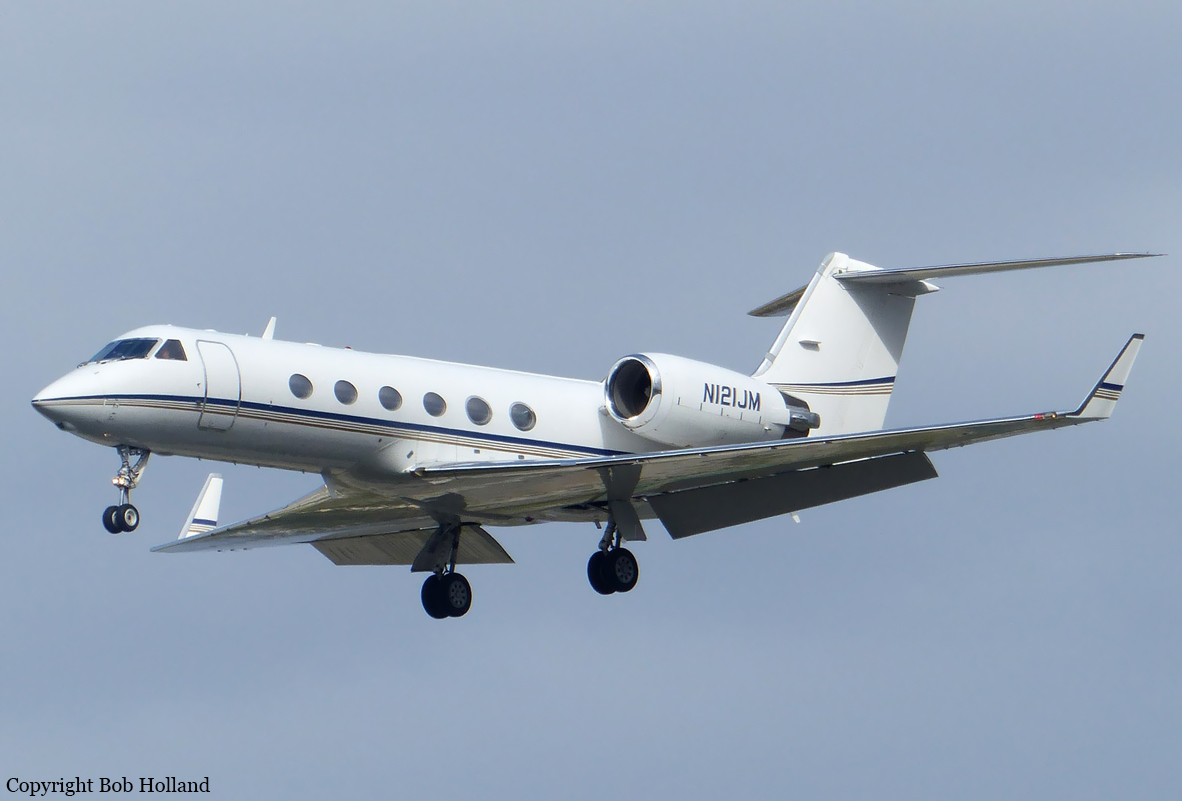

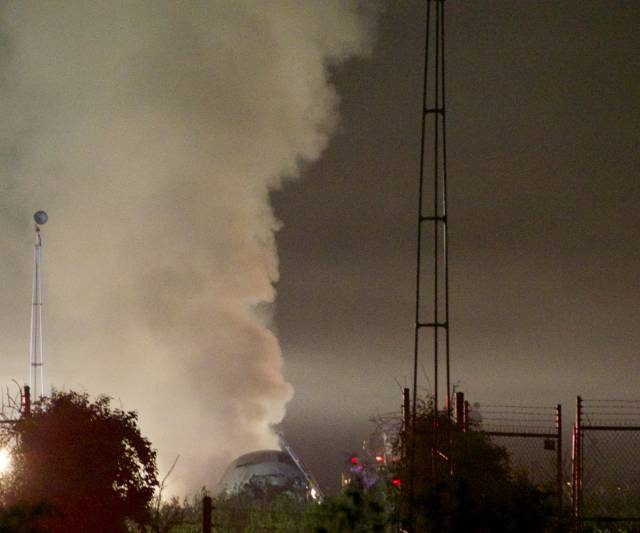
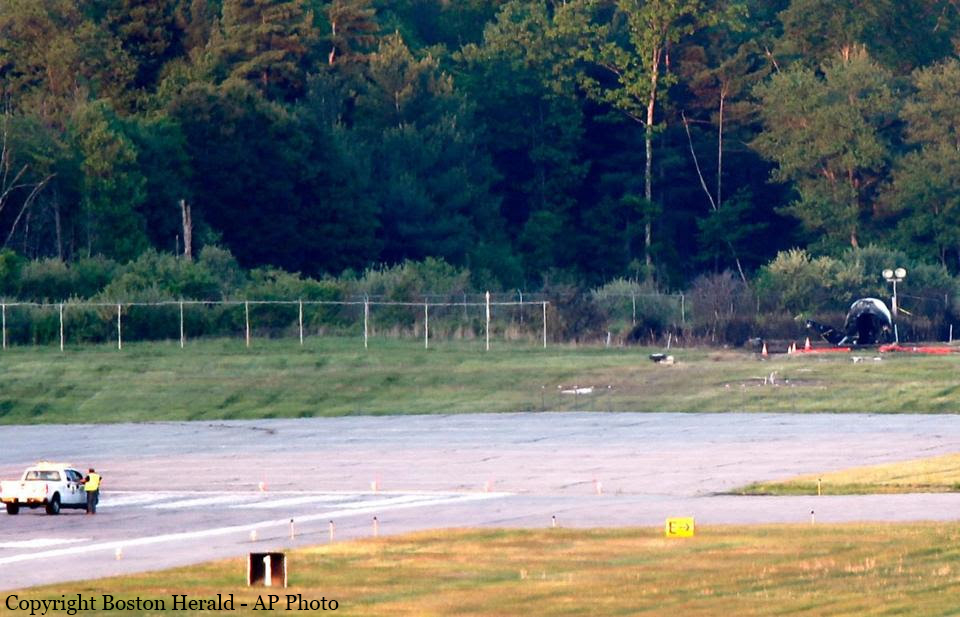

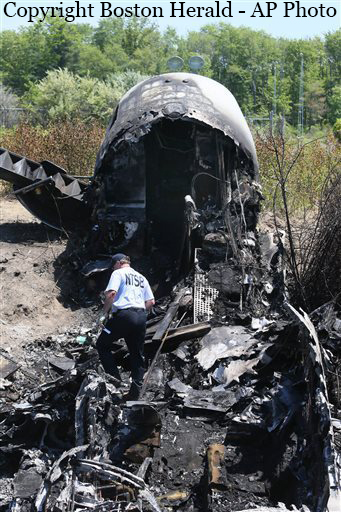
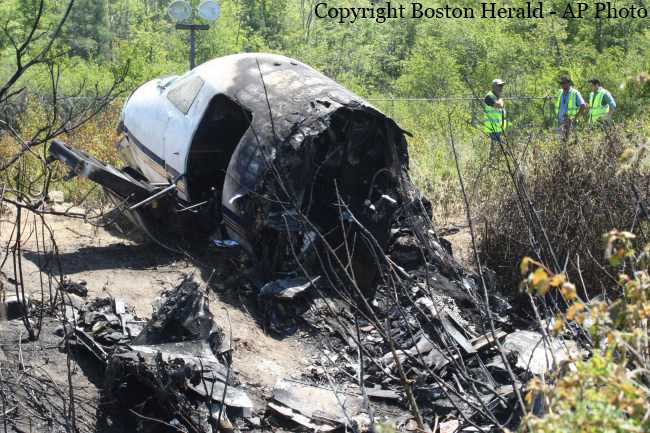

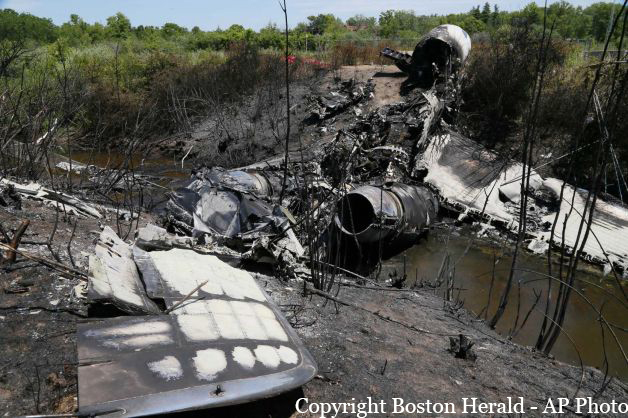
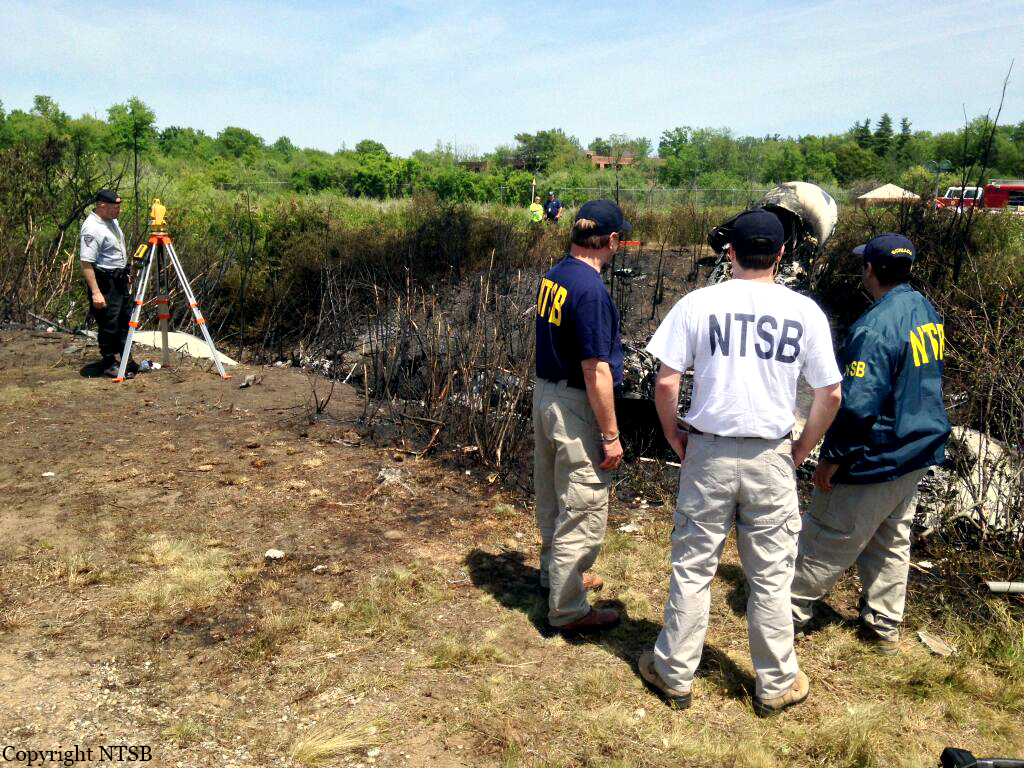

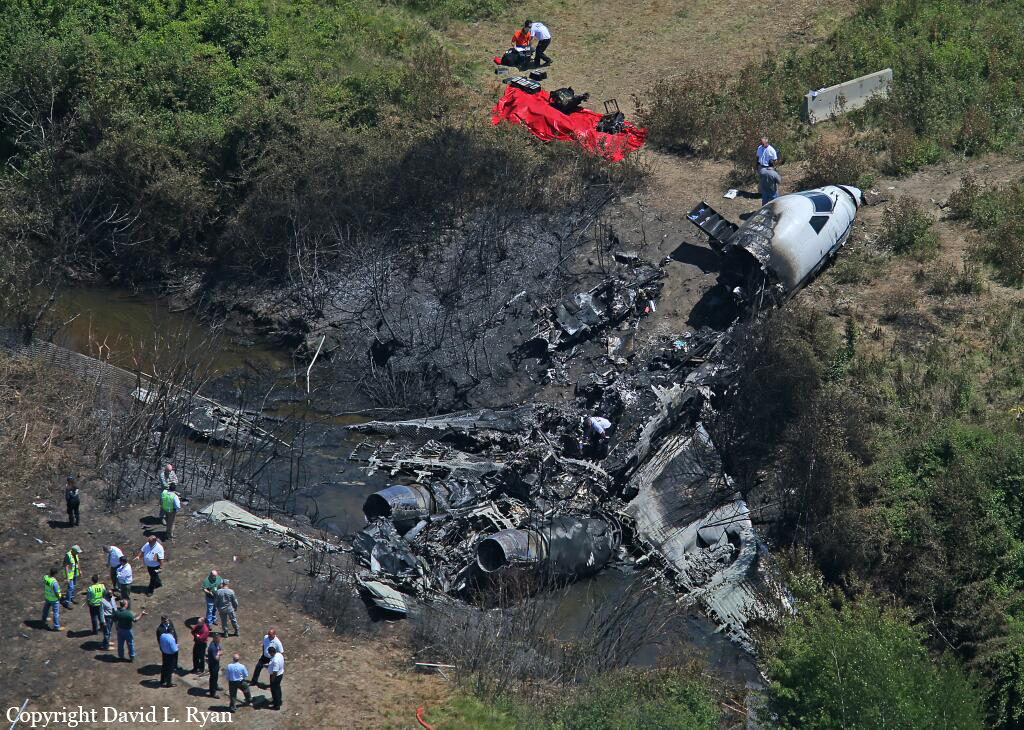
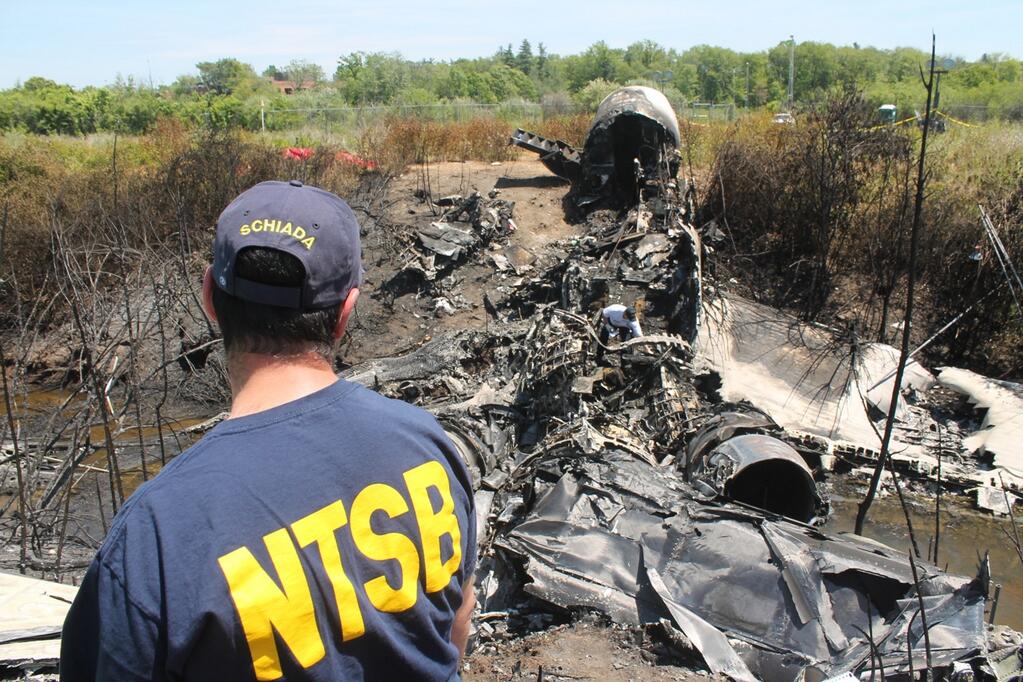





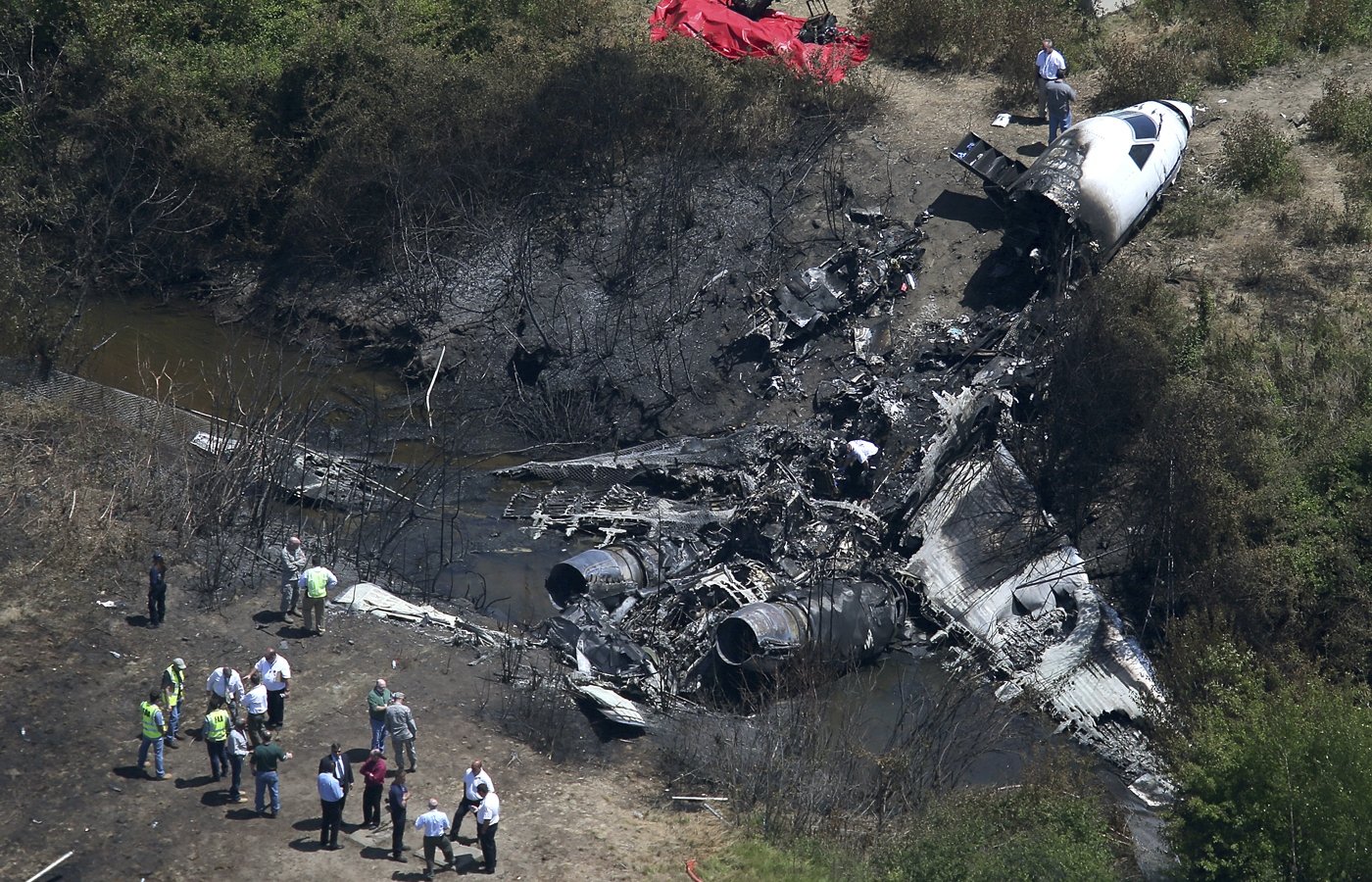
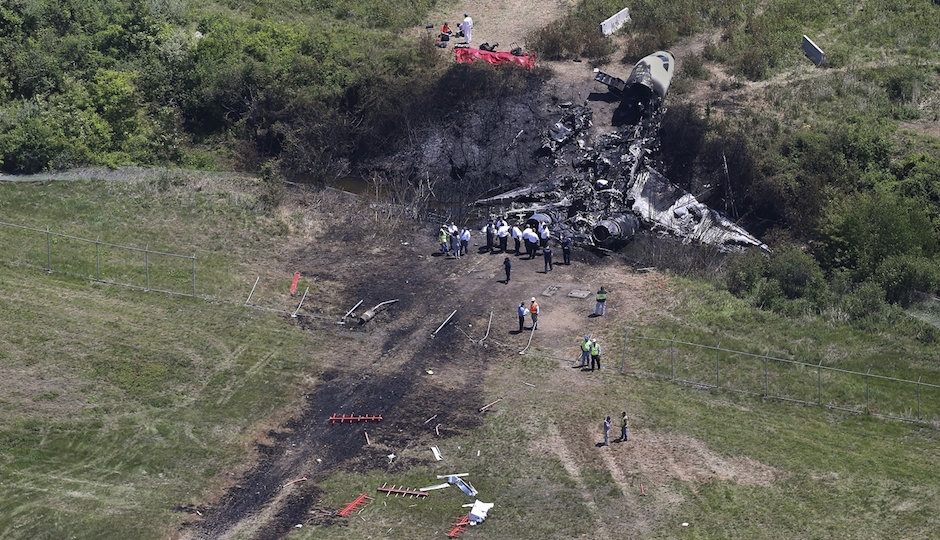

Crash of a Cessna 401 in Plymouth
Date & Time:
Jun 19, 2010 at 1703 LT
Registration:
N401TE
Survivors:
Yes
Schedule:
Plymouth - Plymouth
MSN:
401-0180
YOM:
1971
Crew on board:
1
Crew fatalities:
Pax on board:
2
Pax fatalities:
Other fatalities:
Total fatalities:
0
Captain / Total hours on type:
1200.00
Aircraft flight hours:
2004
Circumstances:
The airplane was returning from a 3-hour aerial mapping mission and was lined up for a straight-in, 5-mile final approach for landing. About 3 miles out on final approach, and prior to performing the before-landing check, both engines stopped producing power in sequence, one almost immediately after the other. The pilot said that by the time he completed his remedial actions the airplane had descended to about 200 feet above the ground and the engines would not restart. The auxiliary fuel tank gauges were bouncing between 2-5 gallons and the main tanks were bouncing around at 25 gallons per side. The pilot then selected a forced landing site between two large trees and landed the airplane in heavily wooded terrain. A detailed examination of the wreckage revealed no evidence of preimpact mechanical anomalies. According to information contained in the aircraft manufacturer’s owner's manual, the auxiliary fuel tanks are designed for cruising flight and are not equipped with pumps; operation near the ground (below 1000 feet) using auxiliary fuel tanks is not recommended. The first step in the before-landing check was to select the main fuel tanks on both the left and right fuel selectors, respectively. The pilot indicated that he should have selected the main tanks sooner and performed the before-landing check earlier in the approach.
Probable cause:
A total loss of engine power during final approach due to fuel starvation as a result of the pilot’s delayed configuration of the airplane for landing.
Final Report:

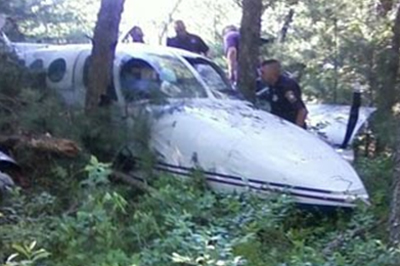
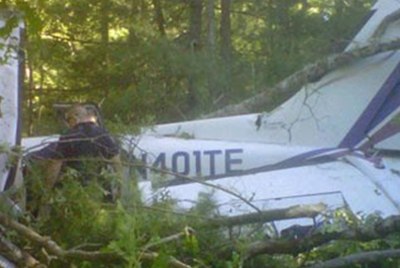
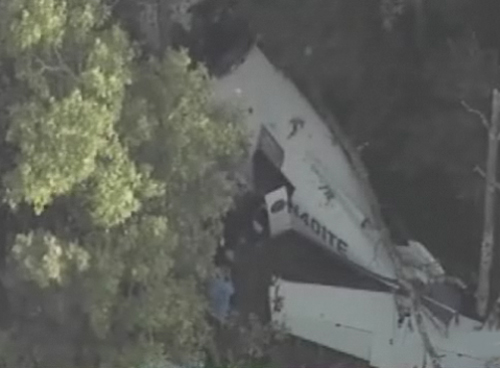
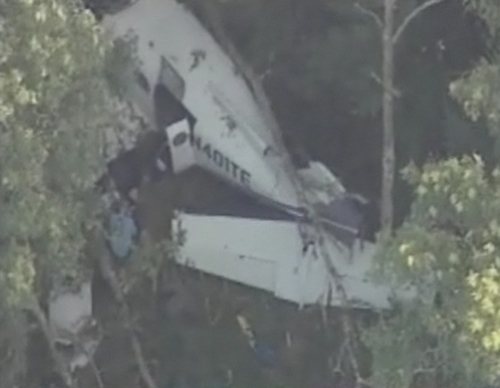
Crash of a Cessna 208 Caravan I in Sheffield
Date & Time:
Sep 15, 2009 at 1435 LT
Registration:
N336DN
Survivors:
Yes
Schedule:
Farmingdale - Saratoga Springs
MSN:
208-0001
YOM:
1985
Crew on board:
1
Crew fatalities:
Pax on board:
5
Pax fatalities:
Other fatalities:
Total fatalities:
0
Captain / Total hours on type:
25.00
Aircraft flight hours:
10182
Circumstances:
The pilot and the five passengers, who were employees of an industrial services company, were returning from a job site with hazardous materials used for blasting operations. The airplane was in a climb, at an altitude of 8,500 feet, when it experienced a catastrophic engine failure. The pilot declared an emergency and subsequently performed a forced landing to a field. During the landing, the airplane's right wing struck a tree and separated. All occupants exited the airplane without injury; however, the airplane became fully engulfed in fire, which consumed the majority of the airplane. The airplane was equipped with a turbine engine that, at the time of the accident, had been operated for about 7,620 hours since new and 65 hours since it was overhauled about 19 months prior to the accident. Impact damage was observed to the interior of the engine exhaust duct. In addition, the exhaust duct contained portions of a fractured power turbine blade. Additional examination of the engine revealed damage consistent with a distressed 1st stage sun gear, and associated compressor turbine and power turbine damage. Examination of the sun gear teeth output splines revealed that they were too damaged to determine the cause of their deterioration. It was noted that the sun gear found on the accident engine was previously removed from another engine due to "spalled gear teeth" about 7 years prior to the accident. The condition of the sun gear when installed on the accident engine could not be determined.
Probable cause:
A total loss of engine power due to a failure of the 1st stage sun gear output splines for unknown reasons, which resulted in a power turbine overspeed condition, with subsequent blade distress/release.
Final Report:
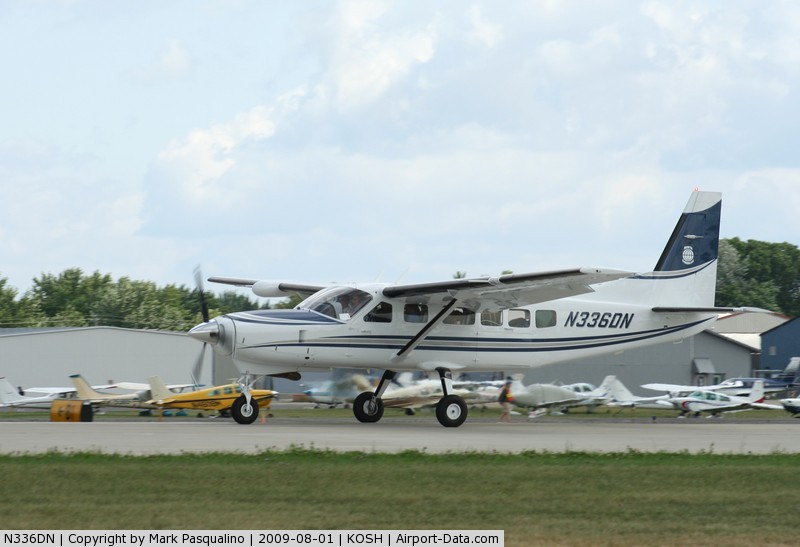
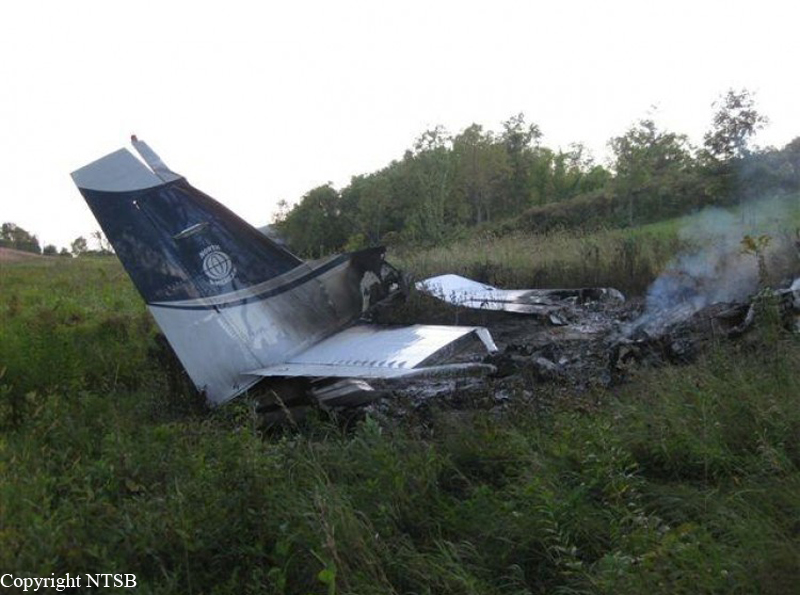
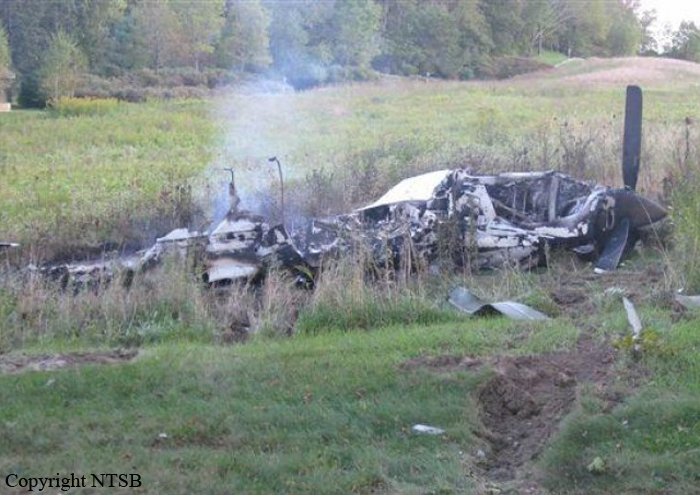
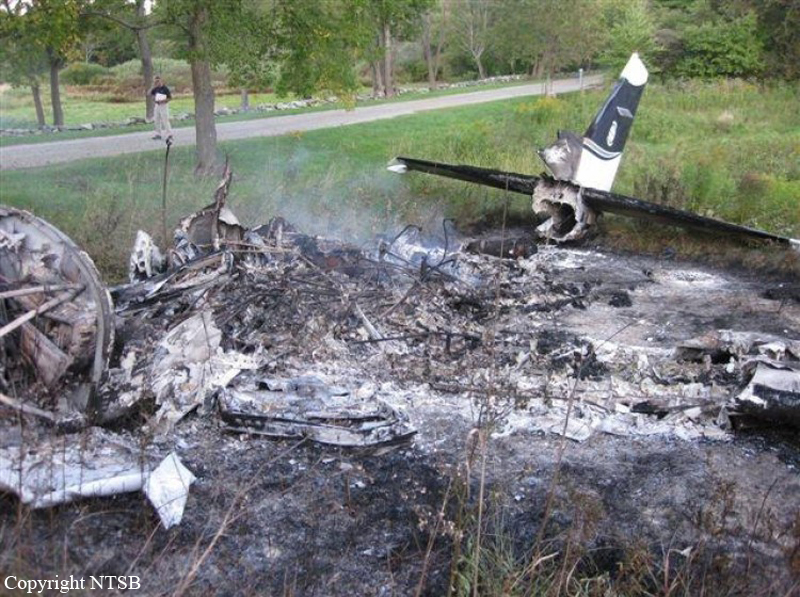
Crash of a Cessna 402C in Vineyard Haven: 1 killed
Date & Time:
Sep 26, 2008 at 2003 LT
Registration:
N770CA
Survivors:
No
Schedule:
Vineyard Haven - Boston
MSN:
402C-0432
YOM:
1981
Flight number:
9K1055
Crew on board:
1
Crew fatalities:
Pax on board:
0
Pax fatalities:
Other fatalities:
Total fatalities:
1
Captain / Total hours on type:
2330.00
Aircraft flight hours:
26809
Circumstances:
The pilot of the multi engine airplane, operated by a regional airline, was conducting a positioning flight in night instrument meteorological conditions. After takeoff, the airplane made a slight left turn before making a right turn that continued until radar contact was lost. The airplane reached a maximum altitude of 700 feet before impacting terrain about 3 miles northwest of the departure airport. Post accident examination of the wreckage did not reveal any preimpact failures. The weather reported at the airport, about the time of the accident, included a visibility of 5 statute miles in light rain and mist and an overcast ceiling at 400 feet. Analysis of the radar and weather data indicated that, with the flight accelerating and turning just after having entered clouds, the pilot likely experienced spatial disorientation.
Probable cause:
A loss of aircraft control due to spatial disorientation.
Final Report:
